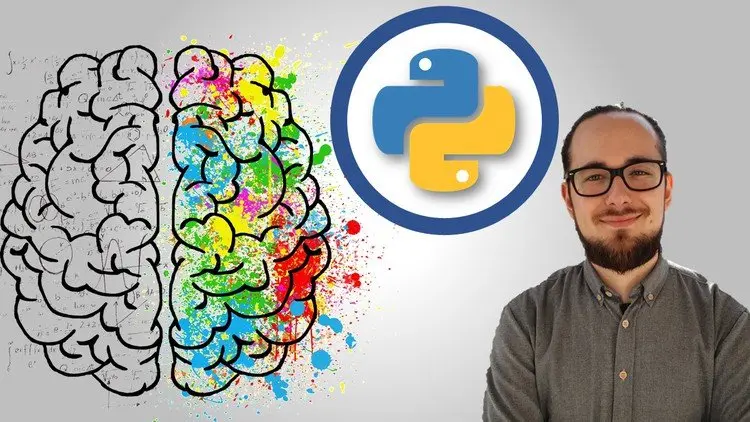Computational Physics: Scientific Programming with Python
From numerical methods to exciting applications: Differential equations, eigenvalue problems, Monte Carlo methods & more

Computational Physics: Scientific Programming with Python udemy course free download
From numerical methods to exciting applications: Differential equations, eigenvalue problems, Monte Carlo methods & more
What you'll learn:
Computational Physics: Scientific Programming with Python
- NumPy, functions, loops, conditionals, lists, arrays and plots are all covered in a quick, easy-to-understand way.
- Numerical methods: Differential equations and eigenvalue problems, interpolation and Monte Carlo methods.
- There are some physics problems you can do to get better at them. They include the moment of inertia and the magnetic field of a wire.
- Chaotic systems, heat equation, 3-body problem, spaceship mission, coupled pendulums, magnetism, graphene, and quantum physics are some of the advanced problems that can be solved with this method.
Requirements:
- I will show you how to set up Python, which is free.
- A little programming experience is good, but not necessary. We do a two-hour crash course.
- School math: Knowing the basics of derivatives and integrals.
- It’s good to know some physics, but not necessary for this class.
Description:
This class is for anyone who wants to learn more about Python and physics.
Except for some school math, you don’t need any previous knowledge. In this class, we’ll start with simple projects and work our way up to more complicated ones.
As long as you have a teacher to help you, you won’t have to deal with all of this on your own.
When we do computational physics, we use math techniques like:
- Interpolation and fitting a model.
- Differentials and Integrals.
- Differential equations are also called differential equations.
- In this case, Eigenvalue problems
- The Monte Carlo method.
for all kinds of physics problems to be solved.
- Calculating the magnetic field of a wire that has been charged (integrals & derivatives)
- There was a lot of chaos and the butterfly effect (differential equations)
- Heat spreads through a sample (differential equations)
- In this game, you play as (and navigate) a spaceship as it interacts with the sun, earth, and moon (differential equations)
- Combined oscillators act in a very weird way (Eigenvalue problems, Fourier analysis & fitting procedure)
- People who have ferromagnets and people who have antiferromagnets (Monte Carlo methods)
- graphene has a lot of unique features (Advanced science lecture about the Nobel prize-winning material)
- Many more people
Reason: Why me?
As a postdoc, I work as a scientist in the field of theoretical physics.
When I tutored undergraduate, master, and PhD students in theoretical physics, I learned how to be a better adviser.
My favorite thing about Python is how easy it is to solve difficult problems with it. I have used the program to get the results in many of my publications, and I’ve told all of my students to use Python to get the same results.
The teacher and I hope you’re excited about the class.
Who this course is for:
- This class is for everyone who wants to learn Python, from beginners to experts.
- Everyone who likes physics and/or programming should go to this class.
- Science students who want to learn more about a new field of physics.
- React Native with Typescript – The Practical Guide (2022)
- Computer Network: Internet Protocol, IPv4 and Subnetting 1
- Create Burger King-like Website Using Laravel
- Internet of Things (IoT) with ESP8266 & Arduino IDE
Course Details:
-
20.5 hours on-demand video
-
31 articles
-
70 downloadable resources
-
2 coding exercises
-
Full lifetime access
-
Access on mobile and TV
-
Certificate of completion
Computational Physics: Scientific Programming with Python udemy courses free download
From numerical methods to exciting applications: Differential equations, eigenvalue problems, Monte Carlo methods & more
Demo Link: https://www.udemy.com/course/computational-physics/

